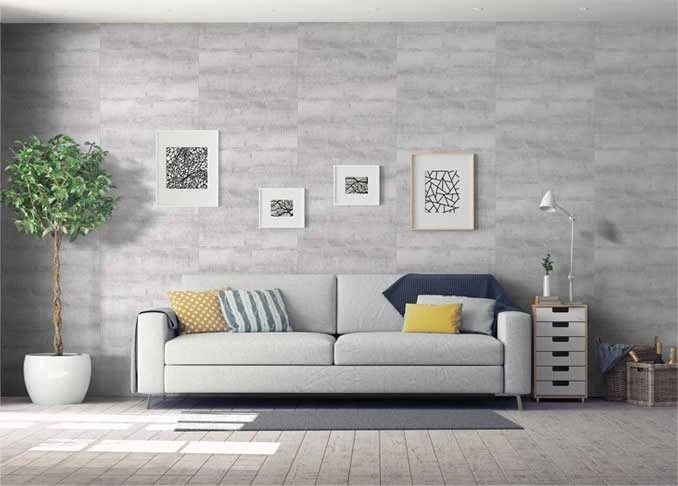In the realm of interior design, the choice of wall coverings plays a pivotal role in shaping the ambiance and aesthetics of a space. Among the myriad options available, wall tiles stand out as a timeless and versatile choice. Whether adorning the walls of a kitchen, bathroom, or living space, these tiles not only enhance the visual appeal but also offer practical benefits. In this comprehensive guide, we delve into the world of wall tiles, exploring their diverse characteristics, design possibilities, and the advantages they bring to interior spaces.
The Evolution of Wall Tiles
Wall tiles have a rich history that dates back centuries, with origins in various cultures around the world. From the intricate mosaics of ancient Rome to the vibrant patterns of Moroccan zellige, the evolution of wall tiles reflects the ever-changing tastes and preferences of societies throughout history. Today, modern manufacturing techniques have elevated wall tiles to new heights, offering a wide range of materials, sizes, and finishes to suit contemporary design sensibilities.
Materials Matter
One of the defining aspects of wall tiles is the variety of materials from which they are crafted. Ceramic tiles, known for their durability and affordability, are a popular choice for both residential and commercial spaces. Porcelain tiles, on the other hand, are renowned for their strength and water resistance, making them ideal for areas prone to moisture, such as bathrooms and kitchens. Natural stone tiles, including marble and travertine, lend a luxurious and timeless appeal, while glass tiles introduce a touch of modernity and reflectivity to the space.
Design Possibilities
The design possibilities with wall tiles are virtually limitless, offering a canvas for creativity and personal expression. From classic subway tiles to intricate mosaic patterns, the diversity of designs allows homeowners and designers to tailor the look of a space to their unique preferences. Bold geometric patterns, subtle monochromatic schemes, or even custom murals – the choice of design is a powerful tool in transforming walls into works of art.
Size Matters
The size of wall tiles plays a crucial role in determining the overall aesthetic of a space. Large-format tiles, with their expansive surface area, can create a sense of openness and continuity, making them well-suited for larger rooms. Conversely, smaller tiles can add intricate detailing and visual interest, especially in confined spaces. The selection of tile size should align with the scale and proportions of the room, contributing to a harmonious and balanced design.
Finishes and Textures
The finish of a wall tile significantly influences its visual and tactile appeal. Glossy finishes impart a reflective quality, adding a touch of sophistication and amplifying natural light in a space. Matte finishes, on the other hand, offer a subdued elegance and are often favored for their ability to conceal smudges and fingerprints. Texture is another dimension to consider, with options ranging from smooth and sleek to textured and three-dimensional. Each finish and texture contributes to the overall character of the room, allowing for a customized and tactile experience.
Installation Techniques
The manner in which wall tiles are installed can dramatically impact the final outcome of a design. The classic grid pattern is a timeless choice that imparts a sense of order and simplicity. For those seeking a more dynamic look, herringbone or chevron patterns can add a contemporary twist to a traditional material. The orientation of the tiles, whether horizontally, vertically, or in a diagonal arrangement, further influences the visual flow of the space. Careful consideration of these installation techniques ensures that the chosen wall tiles integrate seamlessly into the overall design scheme.
Advantages of Wall Tiles
Beyond their aesthetic appeal, wall tiles offer a range of practical advantages that contribute to their enduring popularity. The inherent durability of materials like ceramic and porcelain ensures that wall tiles withstand the test of time, resisting wear and tear in high-traffic areas. Additionally, their water-resistant properties make them an ideal choice for spaces prone to moisture, such as bathrooms and kitchens. Maintenance is also a breeze, with most wall tiles requiring simple cleaning to maintain their original luster.
In the world of interior design, wall tiles emerge as a timeless and versatile choice, bridging the gap between aesthetics and functionality. From the diverse array of materials and design possibilities to the practical advantages they bring to interior spaces, wall tiles continue to be a staple in homes and commercial settings alike. As we navigate the ever-evolving landscape of design trends, the enduring elegance of wall tiles remains a constant, a testament to their timeless appeal and ability to transform walls into expressions of personal style and sophistication.


